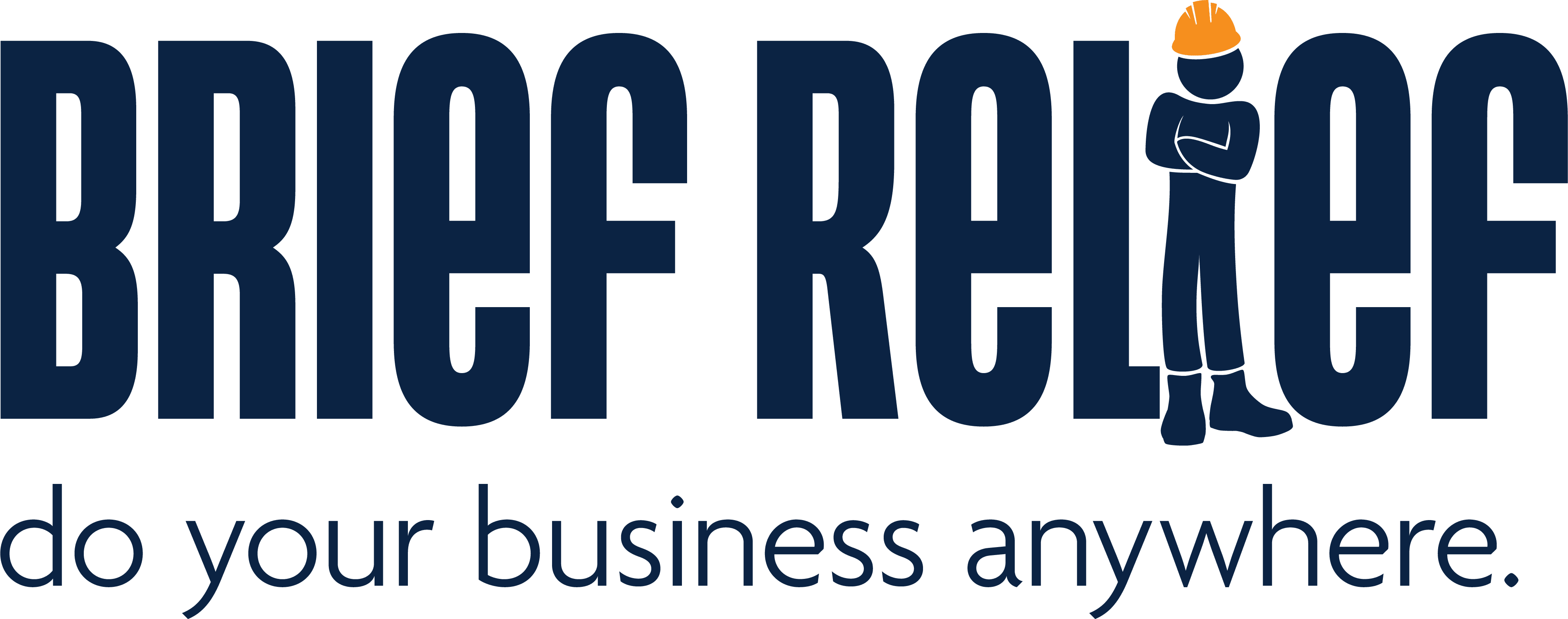Training
7 Step Implementation Training
Let us assist you in the process of implementing our Brief Relief™ line of disposable, portable lavatory systems.
With your input we have outlined the 7 key steps to a successful product implementation. Be sure to utilize key documentation such as State and Provincial Environmental approval letters, samples of introductory memos, technical bulletins, and payroll stuffers during your implementation.
- Management Endorsement/Announcement
Management should announce the significance of the approved products through a bulletin or memo. These bulletins are more credible when coming from someone in a Senior Operations role as well as from someone in Health & Safety. Additional endorsements may also come from your companies Human Resources and Environmental departments. Some mention of the environmental and personal benefits should be made in the memo. Other procedures that will need to be considered are product standardization and material coding.
- Union Endorsement
This endorsement is a simple statement that recognizes the value of Brief Relief to the membership with the disclaimer that its use is not intended to replace scheduled rest breaks. We assist you in introducing the products to the Union membership and we provide the detailed benefits of the products.
- Corporate Policy Statement
A directive from HR that reinforces management’s endorsement by establishing a policy for outside work crews- “when faced with the need to relieve oneself in situations where no restrooms are available on the work site, employees should close and secure the work site to find nearby facilities, but if these are not available or if leaving the site is not feasible, employees should make use of the disposable lavatory bags provided by the company”.
- Brief Relief Included On The Safety Checklist
Without Brief Relief readily available, employees are required to either leave the job site or hold it in. Brief Relief should be on the Safety Checklist when these situations arise.
Each vehicle used for outside work crews should have multiple Brief Relief in the glove box for convenient access.
- Safety Meeting/Tailgates
This critical element is designed to introduce the product and the corporate policy regarding the issue of relieving oneself on the job site when no other facilities are available.
Emphasis must be made regarding the following:
- The use of Brief Relief is to be used in situations where restroom facilities are not readily available.
- The best solution is to leave the work site and find a nearby facility.
- The health and safety hazards, environmental impacts, indecent exposure, and negative corporate image result from the traditional way of dealing with this issue.
A demonstration of the gel process is also required to inform users that Brief Relief is more than just a “bag of urine,” but rather a safe and sanitary containment pouch that protects not only the worker’s health and safety, but the environment as well.
- Safety/Policy Reminders
As with safety glasses, hard hats, seat belts, and other safety items, it is important that reminders of using products are posted throughout the work area. The posters and stickers that we provide are designed to reinforce using Brief Relief as the better alternative.
- Store Room Supervisor/Line Supervisor Support
A key to creating a lasting habit of using Brief Relief is to have the store room supervisor ask the crews if they have Brief Relief in their vehicle. If not, be sure to pass it out. During the first 6 months after introduction, it is important that line supervisors take the time to mention Brief Relief, the issues at hand, and the company policy. Mention these key points every 4 to 6 weeks at routine tailgates and/or safety meetings.

